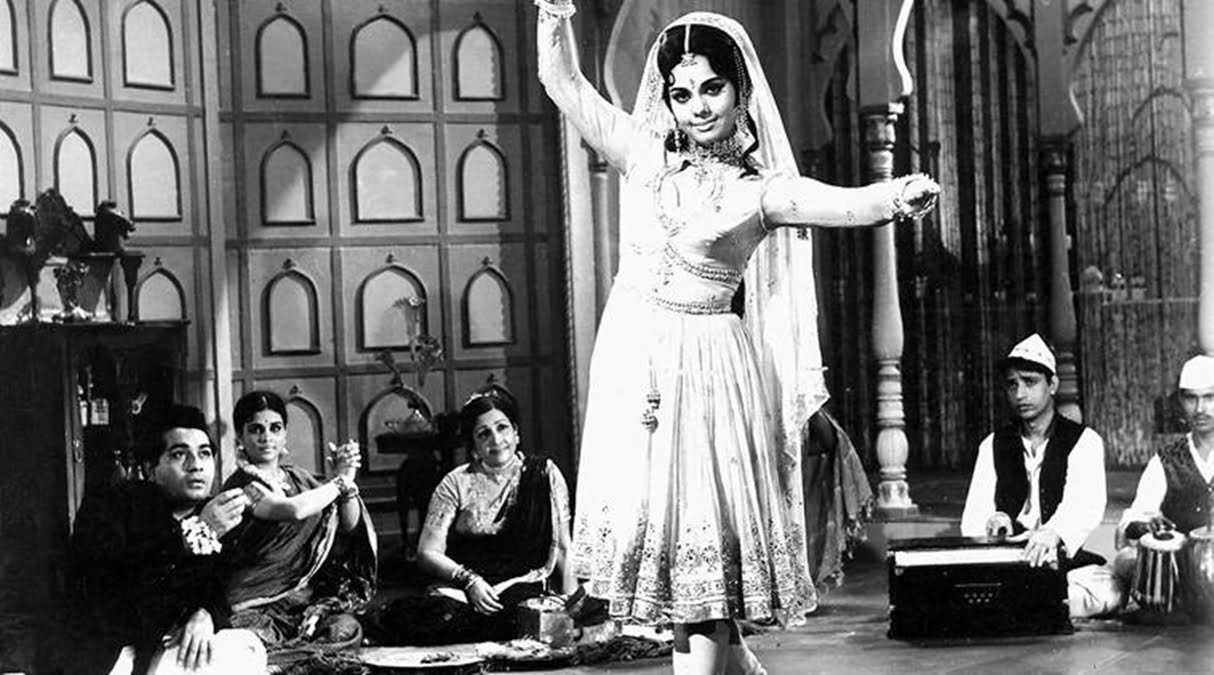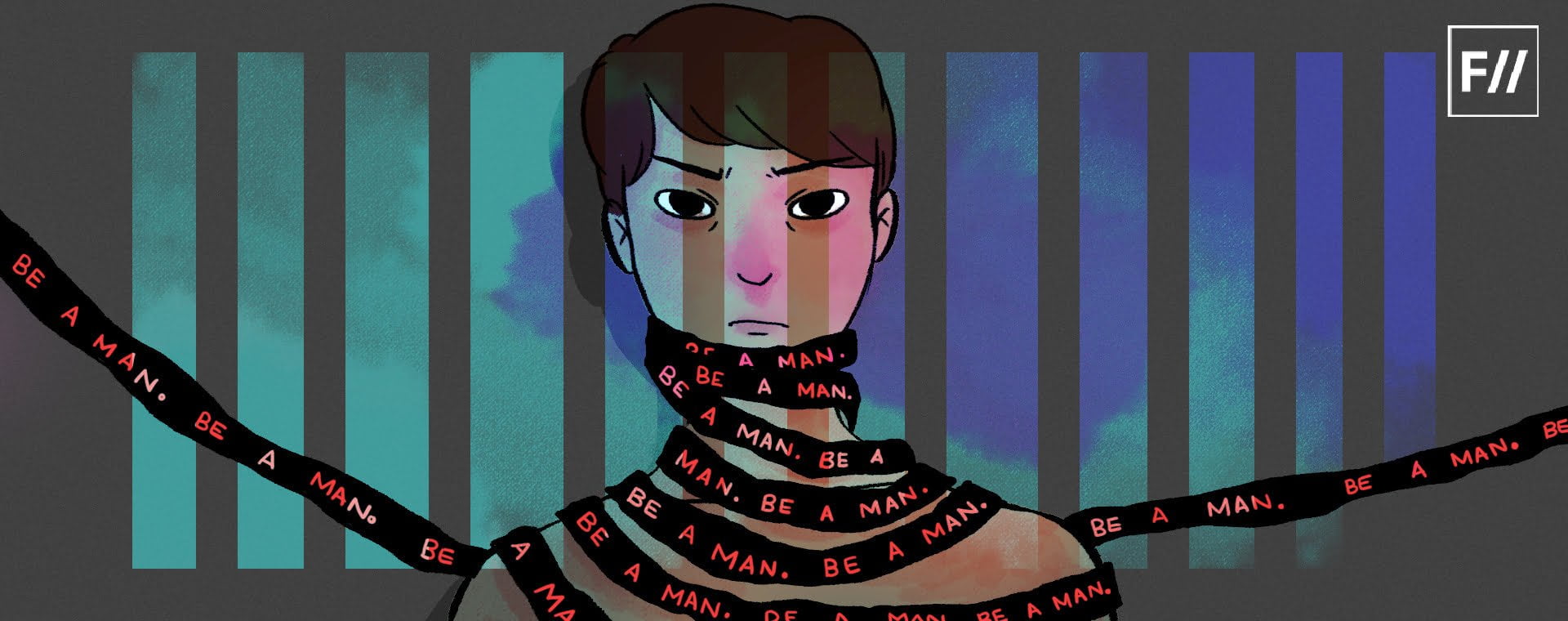Hindi cinema started with Dadasaheb Phalke’s Raja Harishchandra in 1913. A labor of love is what one should call the earliest Indian films, for their making was arduous in many ways. Tangibly, film-making was an intensive business. In those days, men played both men and women, actors had to sing their songs, and funding was scarce. There was quite obviously, no technology to aid the early film-makers. Even socially, film-making was a tough business because films were seen as a disreputable profession, especially for women. This was one of the reasons why men had to play women on-screen – patriarchal conditioning and normalisation was such that women believed acting in films was not of honour for them.
A group of women found that the tide of the times had turned against them. These were the courtesans who inhabited cities like Delhi, Lucknow, Agra, Kolkata, and Jaipur. Courtesans, or tawaifs, had flourished under the patronage of the nawabs.
However, in the years leading up to India’s independence, a group of women found that the tide of the times had turned against them. These were the courtesans who inhabited cities like Delhi, Lucknow, Agra, Kolkata, and Jaipur. Courtesans, or tawaifs, had flourished under the patronage of the nawabs. However, as India’s independence grew closer, the country’s new sanskritised, nationalist conscience chose to severe its ties with them. Traditional ‘Indian’ performing arts were pitted against the Islam-icised and often sensual dance and music that courtesans excelled at, to the detriment of the latter. This is when films became a home for talented but displaced tawaifs.
The following vignettes on the lives of four women, formely tawaifs, who left community for the now-celebrated silver screen are an attempt at shedding light at this historic, but ill-documented fusion of the two artistic traditions.
Crossing The Sound Barrier
Hindi cinema started with silent movies, which is where courtesans or tawaifs first made their mark.
AAcross both silent and sound eras, is a man associated with the early milestones of Indian cinema- Ardeshir Irani. Irani made India’s first talkie (Alam Ara), first color film (Kisan Kanya), and first English feature film (Noor Jahan). A lesser-known fact is that he introduced India’s first female director, Fatma Begum, to the world of films. Fatma Begum was said to be married to the King of the estate of Sachin (nothing to do with cricketer), though there is no proof of marriage. In India, the end of royalty came with the beginning of a long series of people claiming descent from erstwhile kings. Apart from the well-documented cases of fraud, this was because in those days kings had many concubines who had no formal ties with him. It is speculated that Begum was either a tawaif or a concubine.
Also read: Fatma Begum: India’s First Female Director | #IndianWomenInHistory
After spending years on the Urdu stage, which was yet to face the pressures of nationalism, Fatma Begum debuted with Irani’s film Veer Abhimanyu (1922) as an actor. Most actresses of that time were presented in pictures as demure, soft-featured possessors of outer-worldly beauty. However, Begum stares at the camera with a straight, self-assured gaze in her pictures. She was to soon begin sculpting the nascent film industry. Veer Abhimanyu was the start of her vertiginous, stunning rise to being a director and screenwriter in a short span of four years. In 1926, she set up a film studio and pioneered the fantasy genre involving special effects with Bulbul-E-Paristan. Unfortunately, no print of this film has survived the century that followed.
While Begum’s work began declining as Hindi films transitioned to talkies, her bloodline continued establishing more ‘firsts’ in cinema in the sound era. Her daughter, Zubeida, starred in the first talkie film, Ardeshir Irani’s Alam Ara, and went on to have a colorful career. When she was not starring in acclaimed mythological roles, she was setting off censorship debates by displaying unprecedented sexual freedom on screen, like in Zarina. Her life is memorialised in Mumbai’s art deco palace Dhanraj Mahal, where Zubeida Begum Dhanrajgir breathed her last.
The Call Of Cinema
Queen Mary’s High School is located in Tis Hazari and was established in 1912 with eight Muslim girls who used to study in a purdah. Delhi’s prominent tawaif, Shamshad Begum, sent her daughter Roshan Ara Begum to this school. Roshan Ara Begum had watched Ruby Myers, or Sulochana, on-screen and was charmed by the world of films. She made up her mind that she would go to Mumbai and become an actress. Her mother was against this idea, for in those days acting in films was looked down upon even in the community of tawaifs or courtesans. Moreover, the Nawabi performance culture was alive and kicking. Roshan Ara Begum proved to be insistent – she went on a hunger strike, and her mother was forced to give in. She would, however, not get to come back to Queen Mary’s, as the school wouldn’t have an actress on their premises.
Begum, or Naseem Banu as she was later called, had little reason to come back.
The first time Sohrab Modi saw her, he offered her the role of Ophelia in his adaptation of Hamlet, Khoon ka Khoon (1935). Sohrab Modi’s period films became very popular at a time when people wanted to revisit their real and fictional past, fueled by the nationalist cultural renaissance. Some critics have also pointed out that these films became India’s chosen mode of escapism. Sohrab Modi’s films were embellished with heavy Urdu dialogues, which were very popular among the masses.
Naseem Banu, now recognized as one of India’s first female superstars, signed a three-film contract with Modi’s production house. Her next on-screen legend was Queen Noorjehan, again in Sohrab Modi’s Pukar (1939). Pukar was India’s earliest Muslim social film, a genre which has folded itself into secular terms like ‘art cinema’ or ‘parallel cinema’. The period film often ends up amplifying its heroine’s beauty in public memory, and this is exactly what Pukar did to Naseem Banu. People were so struck by her silk and jewels clad portrayal of Noorjehan, that she was given the title of Pari Chehra (Angelic Face).
The period film often ends up amplifying its heroine’s beauty in public memory, and this is exactly what Pukar did to Naseem Banu. People were so struck by her silk and jewels clad portrayal of Noorjehan, that she was given the title of Pari Chehra (Angelic Face).
Banu would not stop at this, for the very next role she did showed that her looks could not take away from her prowess as an actor. In the film Sheesh Mahal, Banu was clad in simple sarees and sans-makeup. But her beauty had left an enduring mark, and the title of Pari Chehra remained till it was passed on to her daughter, Saira Banu. Naseem devoted the rest of her career to designing Saira’s dresses.
Also read: How ‘The Last Courtesan Of Bombay’ Destigmatises Tawaifs And Mujras
If Naseem was the beauty, Pukar’s second heroine Sardar Akhtar was a prominent stunt-woman of the industry, predominantly working in action films. Akhtar’s contemporary, Shanta Apte was known as the ‘firebrand’, both off and on-screen. She was also one of the earliest Indian actors to publish an autobiography. The new and exciting world of films in the 1930s was these women’s oyster.
Behind the screen, Indian cinema’s music was also soaking up the multifarious influences that touched it. In this prismatic mix, erstwhile tawaifs or courtesans left a deep and prominent streak of Nawabi culture.
Disha is a permanent resident of Wikipedia rabbit-holes and a firm believer in the power of boring things. She is an Economics Graduate from Lady Shri Ram College. She can be found on LinkedIn.
Featured Image Source: Indian Express




